鏈上交易概念科普:GAS、優先費、滑點 與 MEV
GAS費用:區塊鏈的”燃料”
什麼是GAS?
GAS是在區塊鏈網絡(特別是以太坊等智能合約平臺)上執行操作所需支付的計算資源費用。每一筆交易或智能合約執行都需要消耗一定量的計算資源,而GAS費用就是對這些資源使用的計價單位。
GAS的作用
防止網絡濫用:如果沒有GAS費用,用戶可能會無限制地執行復雜計算,導致網絡擁堵。
激勵礦工/驗證者:GAS費用作為獎勵支付給將交易打包進區塊的礦工或驗證者。
資源分配:在網絡擁堵時,GAS費用上升,確保重要或緊急的交易能夠優先處理。
GAS計算方式
以太坊(Ethereum)
以太坊是最早引入Gas費概念的區塊鏈之一。以Ethereum為例,Gas費是用Ethereum的原生貨幣ETH的單位”Gwei”支付的。Gas費由兩部分組成:
Gas Limit:表示交易所需的計算資源上限。
Gas Price:每單位Gas的價格,通常以Gwei表示。
總費用 = Gas Limit × Gas Price。以太坊網絡允許用戶自行調整Gas Price,較高的Gas價格可以提高交易被礦工優先處理的可能性,尤其在網絡擁堵時期,這種靈活性使用戶能夠根據交易緊急程度來平衡成本和確認速度。
Solana
Solana採用了不同於以太坊的費用結構,其計算方式更為簡化:
Solana使用固定費用模型,每筆交易的基礎費用相對穩定。
費用基於交易的簽名數量和指令複雜度計算。
費用以SOL(Solana的原生代幣)支付。
Solana的優勢在於其極低的交易費用,通常只有幾美分或者1美元左右,這也是它在meme coin熱潮中受歡迎的原因之一。
與以太坊不同,Solana不存在用戶可調整的Gas價格,所有交易費用都由網絡決定。
BNB Smart Chain (BSC)
BSC的Gas費計算方式與以太坊相似,但成本顯著較低:
Gas Limit:同樣表示交易所需的計算資源上限。
Gas Price:每單位Gas的價格,以Gwei為單位,但價格通常比以太坊低得多。
費用以BNB(BSC的原生代幣)支付。
BSC的EVM兼容性使其採用了與以太坊類似的計算方式,但由於其採用權益證明(PoS)共識機制和更集中化的驗證節點,使得交易費用大幅降低。
BSC平臺上的Gas費用波動相對較小,使其成為小額交易和新用戶的理想選擇。
優先費(賄賂):跳過隊列的”小費”
什麼是優先費?
優先費(Priority Fee),有時被戲稱為”賄賂”,是用戶為了讓自己的交易被更快處理而額外支付的費用。在EIP-1559(以太坊改進提案)實施後,以太坊的交易費被分為基礎費和優先費兩部分。
優先費的作用
加速交易:在網絡擁堵時,高優先費的交易會被優先打包。
激勵驗證者:與基礎費不同(基礎費會被銷燬),優先費直接支付給驗證者,作為他們優先處理某些交易的激勵。
市場化定價:優先費反映了用戶對交易速度的實時需求,形成一個競價市場。
優先費與網絡健康
適當的優先費機制可以提高網絡效率,但如果設計不合理,也可能導致不公平競爭,使擁有更多財富的用戶獲得過多優勢。
滑點:預期與現實的差距
什麼是滑點?
滑點(Slippage)是指交易執行價格與預期價格之間的差異。在去中心化交易所(DEX)中尤為常見,因為價格可能在交易提交和實際執行之間發生變化。
滑點產生的原因
市場波動:加密貨幣市場波動較大,價格可能在短時間內顯著變化。
交易延遲:區塊鏈確認需要時間,延遲期間價格可能變動。
流動性不足:在流動性池不夠深的市場,大額交易可能顯著影響價格。
滑點設置與風險控制
用戶通常可以設置最大可接受滑點百分比。設置太低可能導致交易失敗,設置太高則可能遭受不必要的損失。尋找合適的平衡點是每個交易者需要掌握的技能。
MEV(最大可提取價值):區塊鏈的”暗箱操作”
什麼是MEV?
MEV(Maximal Extractable Value,最大可提取價值)是指區塊生產者(礦工/驗證者)通過重新排序、插入或刪除區塊中的交易所能獲得的額外收益。
MEV的常見形式
夾子攻擊(Sandwich Attack):驗證者在用戶大額交易前後插入自己的交易,利用價格變動獲利。
套利機會:利用不同交易所或流動性池之間的價格差異。
清算機會:在借貸協議中搶先進行清算操作以獲取獎勵。
MEV對網絡的影響
MEV活動既有積極也有消極的一面:
積極影響:
促進市場效率和價格發現
幫助糾正市場定價偏差
消極影響:
增加普通用戶的交易成本
造成網絡擁堵
可能導致區塊鏈重組和安全問題
它們之間的關係:一個相互關聯的系統
這些概念形成了一個複雜而相互關聯的系統:
GAS費用與優先費:高GAS價格時期,用戶會增加優先費以確保交易執行,二者形成動態平衡。
優先費與MEV:MEV機會越有利可圖,礦工/驗證者越願意接受更高的優先費來重排交易順序。
MEV與滑點:MEV活動(如夾子攻擊)直接導致用戶交易的滑點增加。
滑點與GAS:為了減少滑點,用戶可能會設置更高的GAS價格以加快交易確認。
用戶保護策略
作為用戶,可以採取以下措施保護自己:
使用MEV保護工具:如Flashbots或其他MEV保護解決方案。
合理設置滑點:根據市場波動情況調整可接受的滑點範圍。
避開擁堵時段:非緊急交易可以等待網絡費用較低時再執行。
使用優質交易聚合器:它們通常有更好的價格發現和MEV保護機制。
結語
理解GAS費用、優先費、滑點和MEV這些概念,對於任何希望在區塊鏈網絡中安全、高效交易的人來說都至關重要。雖然這些機制有時看起來複雜而技術性強,但它們共同構成了區塊鏈經濟的基礎,使得去中心化網絡能夠以安全、高效的方式運行。
隨著區塊鏈技術的不斷髮展,這些機制也在不斷演變,目標始終是建立一個更公平、更高效的金融系統。作為用戶,瞭解這些概念將幫助你做出更明智的交易決策,並在這個快速發展的領域中保持競爭力。
相關文章
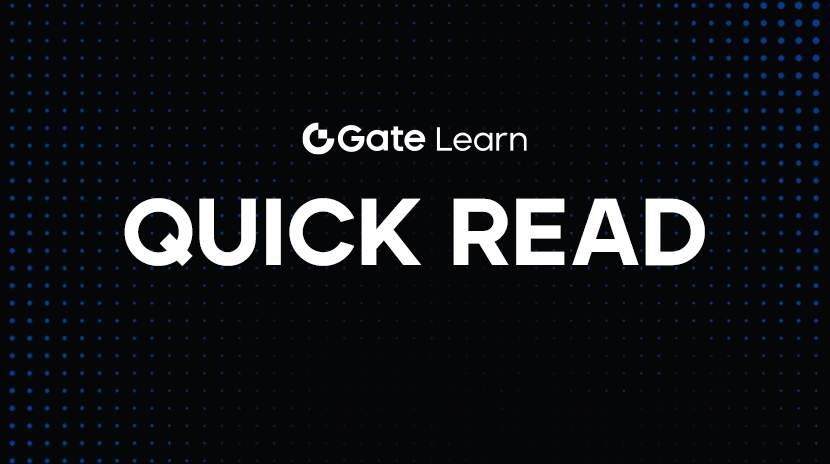
黃金價格走勢:市場焦點轉向鮑威爾演說
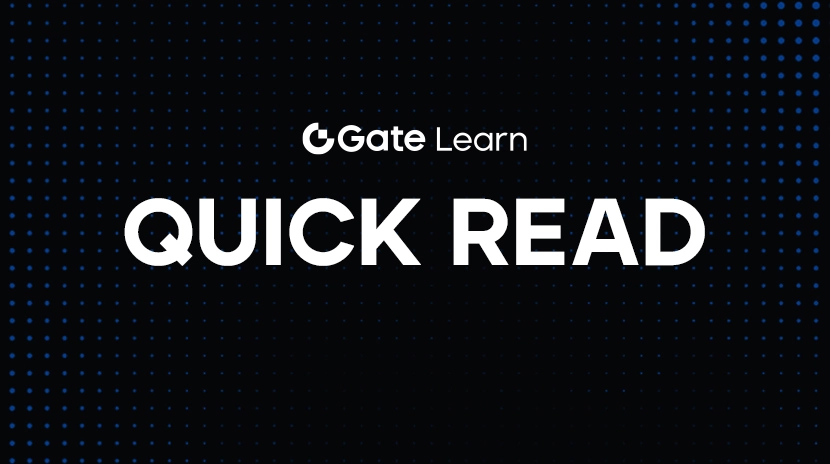
新手必讀:2025 年最新美債 ETF 推薦及策略
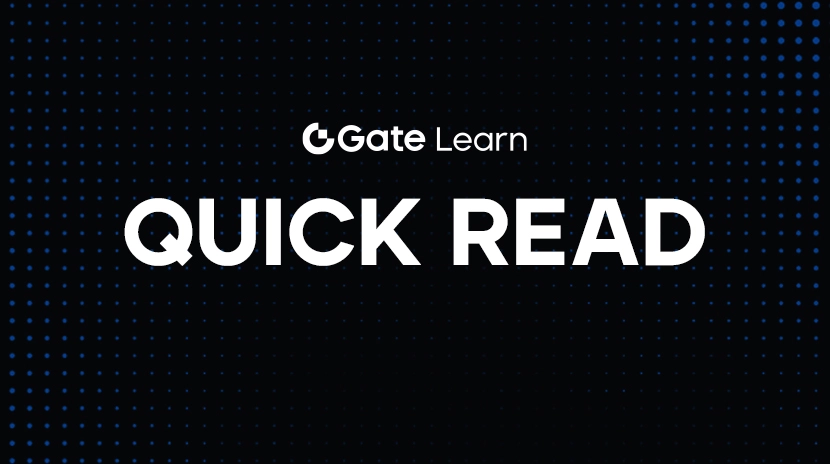
Nasdaq 100 指數最新動態與投資策略
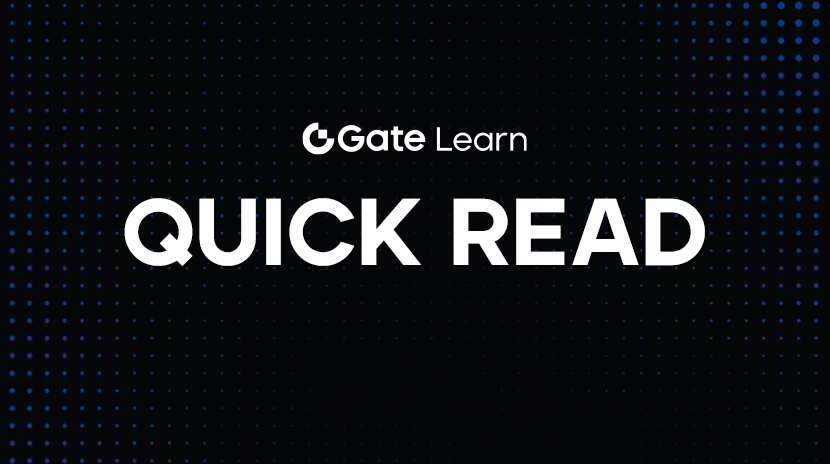
2025 年房屋稅新制全方位解析—政策修訂重點及納稅人因應對策
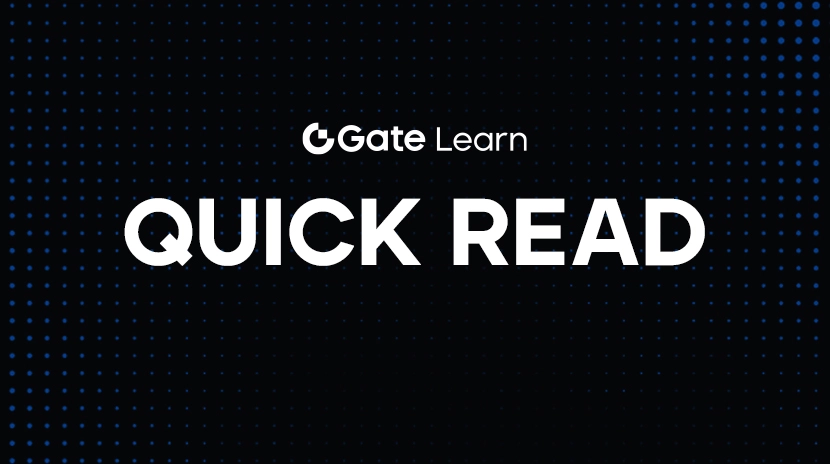
如何以快速且安全的方式,將資金自 Binance 平台提領出去?
